Motorcycle helmets are arguably one of the most critical pieces of safety gear for riders. Each year, thousands of motorcyclists hit the open roads, seeking adventure and freedom. However, riding comes with significant risks, including the potential for severe head injuries in the event of an accident. This makes the selection of a quality motorcycle helmet paramount. Beyond just compliance with legal requirements, a well-fitted, appropriately designed helmet can preserve life and reduce the severity of injuries. Riders need to understand various aspects of motorcycle helmets, including the types available, safety certifications, and how to maintain them for prolonged use. Moreover, having proper motorcycle knowledge goes a long way in helping riders make informed decisions about helmets tailored to their riding styles and preferences.
In this comprehensive article, we will explore everything you need to know about motorcycle helmets. We’ll cover different types of helmets, essential safety standards, the importance of fit, maintenance tips to extend their lifespan, and how to choose the right helmet according to your riding style. By the end, you will be equipped with the knowledge to prioritize safety while enjoying the ride.
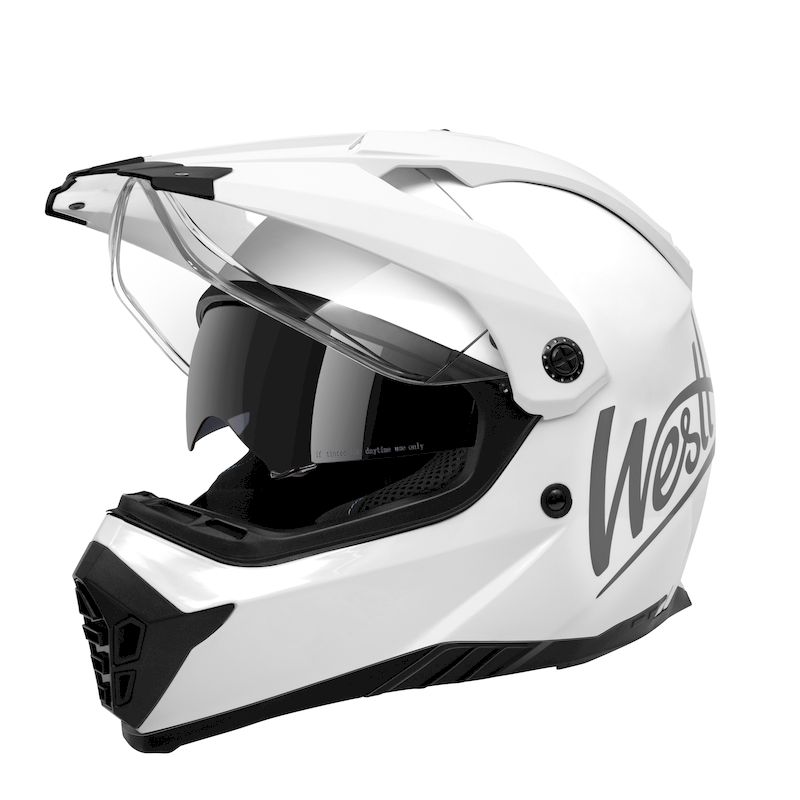
The Importance of Motorcycle Helmets
Riding a motorcycle can offer exhilarating freedom and a unique sense of adventure. However, it is essential to recognize the inherent risks involved. Helmet usage significantly contributes to rider safety and is vital for preventing life-threatening injuries.
Protecting the Rider’s Head
The primary role of motorcycle helmets is to protect the head in case of an accident. They are specially designed to absorb and disperse the impact force experienced during collisions. Well-reviewed helmets can reduce the risk of head trauma by as much as 69%. This emphasizes the importance of wearing a helmet regardless of the ride duration, as accidents can happen at any moment.
Legal Requirements for Helmet Use
In many countries and states, wearing a motorcycle helmet is not just a recommendation; it is mandated by law. Various regions have different regulations, so it is essential for riders to be aware of local helmet laws. By adhering to these rules, riders can avoid legal citations and enhance their personal safety on the road.
Enhancing the Riding Experience
Beyond safety, wearing a quality motorcycle helmet also improves the overall riding experience. Many modern helmets come with features such as sun visors, noise reduction, and ventilation systems, increasing comfort levels during rides. A comfortable helmet contributes not only to safety but also to the joy of riding, allowing riders to focus on the road ahead.
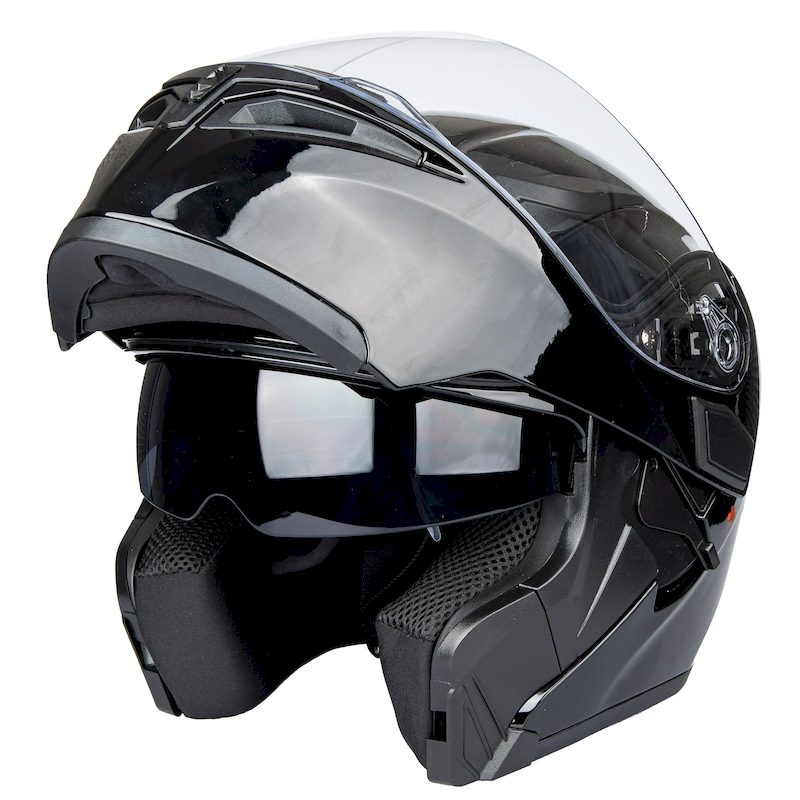
Types of Motorcycle Helmets
Motorcycle helmets come in a variety of styles, designed for different riding conditions and preferences. Understanding these types can help riders choose the right helmet suited to their needs.
Full-Face Helmets
Full-face helmets are often regarded as the safest option available for riders. They cover the entire head, including the face, providing comprehensive protection against wind, debris, and weather elements. An internal visor or shield protects the eyes and can provide UV protection during long rides. Full-face helmets are popular for their aerodynamic design, making them a favorite for sportbike and touring riders.
Modular Helmets
Modular helmets, or flip-up helmets, combine the advantages of full-face and open-face designs. They feature a hinged chin bar that can be lifted, allowing for increased breathability and convenience when communicating or eating. Modular helmets are versatile, making them popular among touring riders who appreciate the ability to enjoy an open helmet while retaining safety on the road.
Open-Face Helmets
Open-face helmets cover the top, back, and sides of the head while leaving the face exposed. These helmets provide decent protection for short rides but do not cover the chin or jaw. Motorcycle riders who prefer a more classic look often lean toward open-face helmets for cruising. However, riders should be aware of the potential risks, as their facial protection is considerably less.
Half Helmets
Half helmets, also known as brain buckets, provide minimal coverage—protecting only the top of the head. Although lightweight and easy to wear, they offer the least protection compared to other helmet styles. They are often worn by casual riders or those seeking freedom on short trips but come with the downside of lacking essential safety features.
Specialty Helmets
Specialty helmets cater to specific motorcycling styles. For example, dirt bike helmets are designed for off-road riding and feature ventilation, a visor, and often a lightweight construction. Electric motorcycle helmets might come equipped with features for communication or navigation, accommodating the tech-savvy rider. Specialty helmets highlight how manufacturers are increasingly creating designs that suit distinct riding styles.
Understanding Safety Ratings and Standards
When selecting a motorcycle helmet, it’s crucial to consider safety certifications and ratings. These assessments can help determine the helmet’s effectiveness in protecting the rider.
DOT Certification
In the United States, helmets must meet the standards set by the Department of Transportation (DOT). DOT-certified helmets undergo rigorous testing to verify they provide adequate impact protection and penetration resistance. A helmet carrying the DOT sticker has passed these tests and meets the minimum safety specifications.
Snell Certification
In addition to DOT standards, some helmets are certified by the Snell Memorial Foundation, which imposes even stricter testing criteria. Snell-certified helmets typically offer improved protection due to enhanced design features and materials. Riders seeking added assurance may prefer helmets that carry the Snell certification.
ECE Certification
The Economic Commission for Europe (ECE) also provides regulations for motorcycle safety helmets. Helmets that comply with ECE standards undergo rigorous testing similar to those of DOT and Snell. ECE certification is recognized and respected in many countries, especially in Europe, making it essential for helmets sold internationally.
Importance of Safety Ratings
Choosing a helmet that meets or exceeds safety certifications is essential for protecting yourself while riding. Not only do these ratings provide peace of mind, but they also reflect that the helmet has passed specific criteria designed to ensure maximum impact protection. Always consult safety ratings during the purchasing process to make informed choices.
Choosing the Right Size and Fit
Finding the correct helmet size and fit is crucial for comfort and protection. A properly fitted helmet should feel snug but not uncomfortable, with minimal movement when you shake your head.
How to Measure Your Head
To find your helmet size, measure the circumference of your head just above your eyebrows using a soft measuring tape. Record the measurement and refer to the manufacturer’s size chart to determine the appropriate size. Remember that different brands may have slightly varying sizing schemes, so always check the specific guidelines.
Trying on Helmets
After identifying your size, it’s vital to try on different helmets. Fully explore various styles to discover which shape feels most comfortable. When trying on a helmet, it should fit snugly without excessive pressure on the forehead or temples. Keep in mind that the helmet will break in slightly, so it’s okay if it feels firm initially, but it shouldn’t cause pain.
Checking for Movement
Once the helmet is on, make small movements to assess fit. The helmet should stay in place and not shift when you turn your head. If it slides around or feels wobbly, it is too big. Conversely, if the helmet feels too tight or creates pressure points, try a different size or model.
Adjusting the Chin Strap
The chin strap should fit snugly under your chin but allow room for one or two fingers. It’s essential to adjust the strap for a secure fit, as a loose or improperly adjusted chin strap may reduce the helmet’s effectiveness during an impact.
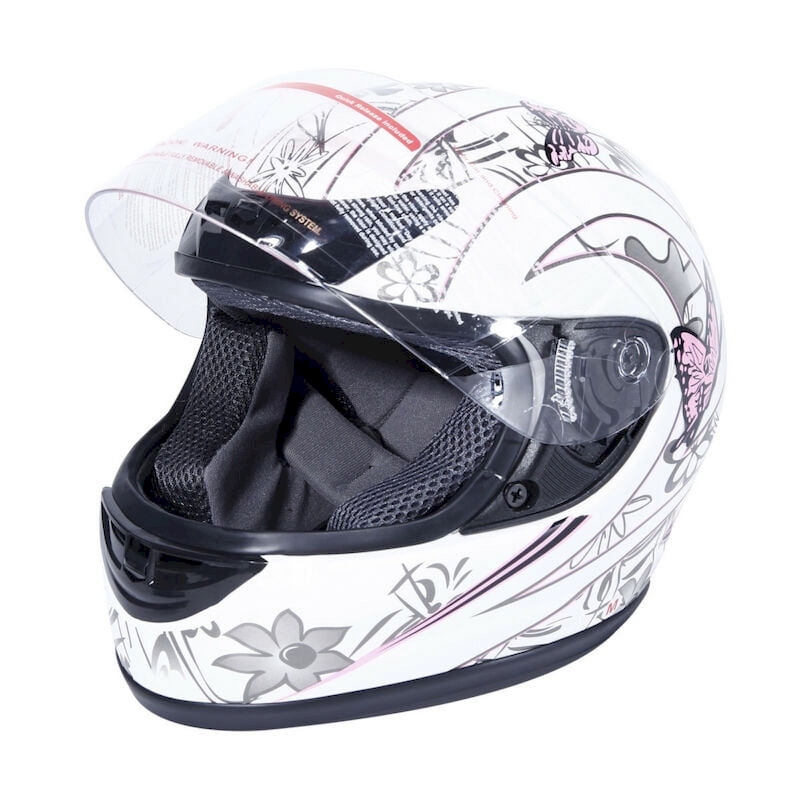
Maintaining Motorcycle Helmets
Proper maintenance of a motorcycle helmet is essential for ensuring its longevity and continued effectiveness in protecting the rider. Here are some best practices:
Regular Cleaning
Helmet hygiene is vital for comfort and safety. Clean the exterior regularly using a damp microfiber cloth and mild soap to remove dirt and grime. Avoid harsh cleaning products that could damage the materials or coatings. For the visor, it’s essential to use a cleaner specifically designed for plastic components to prevent scratching.
Inspecting for Wear and Tear
Conduct routine inspections of your helmet to identify signs of wear and tear. Look for cracked shells, damaged visors, or fraying chin straps. If you notice any significant signs of damage, it’s prudent to replace the helmet to ensure maximum safety.
Storing Properly
When not in use, store your helmet in a cool, dry place away from direct sunlight. Exposure to UV rays can compromise the materials over time. Using a helmet bag or dedicated storage case can help protect it from dust and environmental factors that may cause degradation.
Avoiding Modifications
Never attempt to modify your helmet without consulting a professional. Altering or customizing your helmet can jeopardize its structural integrity and potentially reduce its ability to protect you during a crash.
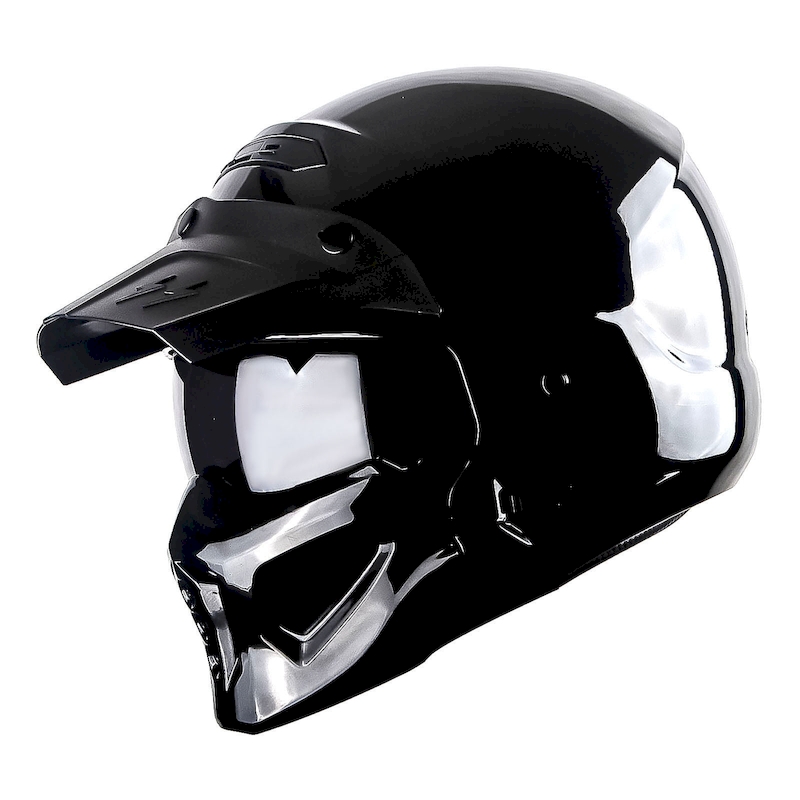
Common Issues and How to Troubleshoot Them
Riders may encounter common issues with motorcycle helmets, and understanding how to address them can enhance your riding experience.
Fit and Comfort Problems
If your helmet is uncomfortable or does not fit correctly, reassess sizing and shape. Don’t hesitate to try on multiple helmets from various brands, as each model may fit differently.
Noise Issues
Wind noise can significantly impact the riding experience. Consider investing in helmets specifically designed for noise reduction. Additionally, ensure that the visor is securely in place, and check seals for proper function.
Odors and Hygiene
Over time, sweat and moisture can lead to odors inside your helmet. Ensure regular cleaning of the interior padding to combat this issue and improve hygiene. Consider using helmet deodorizing products to keep things fresh.
Damage from Incidents
In the unfortunate event of a crash, inspect your helmet carefully for any visible or hidden damage. Even minor falls can compromise structural integrity. If you have any doubts about its safety, consult a professional for further evaluation.
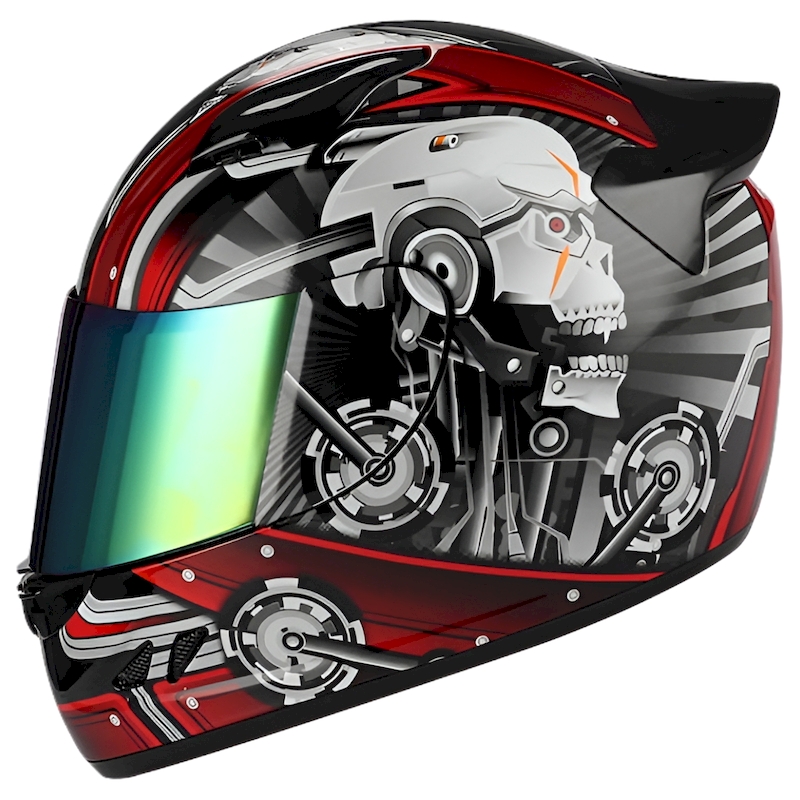
Conclusion
In conclusion, motorcycle helmets are a non-negotiable aspect of riding safely and responsibly. They not only protect riders but also enhance the overall riding experience. Understanding the various types of helmets, the significance of safety certifications, the importance of finding the right fit, and how to maintain your helmet helps ensure you make informed decisions for your riding journey.
Prioritizing motorcycle knowledge is essential to enjoy the experience fully. Knowledge empowers riders to make safe choices and enhances their enjoyment on the road. Whether you’re riding for leisure, commuting, or embarking on long touring trips, having the right helmet can significantly impact your safety and comfort.
Finally, investing in a high-quality motorcycle helmet is an investment in your wellbeing. Understanding how to care for it properly can increase its lifespan and ensure it provides optimal protection on every ride. So gear up, ride safely, and never underestimate the value of a good helmet!